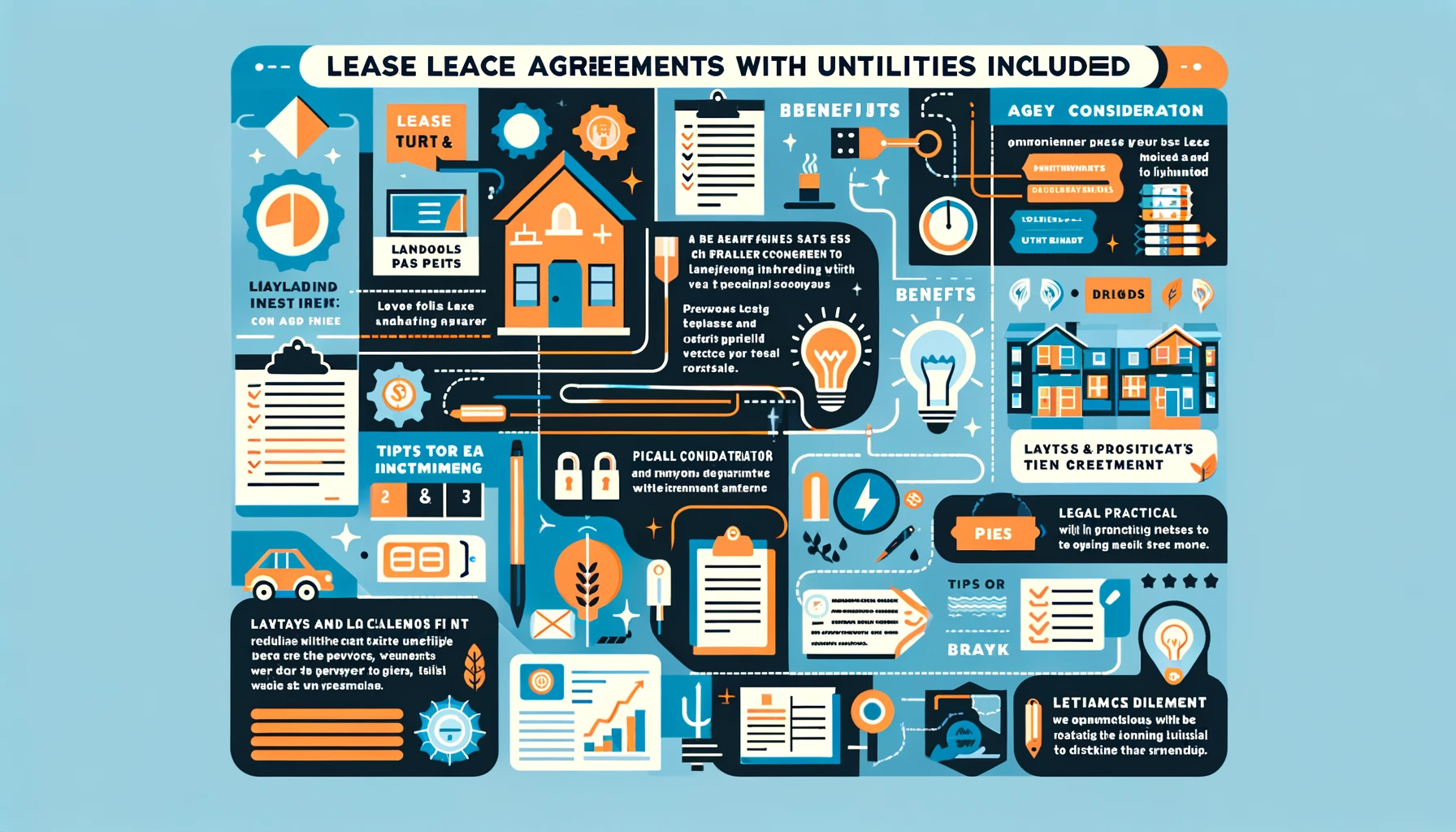
In the realm of rental agreements, the inclusion of utilities can significantly impact both landlords and tenants. Lease agreements with utilities included offer simplicity and predictability for tenants, while presenting a unique set of considerations for landlords. This comprehensive guide delves into the intricacies of crafting and managing such lease agreements, ensuring clarity and mutual satisfaction. We will also integrate authoritative .gov, .edu, and Wikipedia links to provide additional resources and enhance the credibility of the information presented.

A lease agreement with utilities included means that the payment for utilities such as electricity, water, gas, and sometimes internet and cable, is incorporated into the monthly rent. This setup can offer advantages such as easier budgeting for tenants and potentially higher rental income for landlords. However, it requires careful consideration and precise contract terms to avoid complications.
For general insights on lease agreements, the Legal Information Institute at Cornell Law School provides a valuable overview.
Benefits for Tenants:
Benefits for Landlords:
Challenges:
When drafting a utilities-included lease agreement, several legal and practical considerations must be addressed to protect both parties and ensure compliance with state and local laws.

Create & Review Your Contracts 10x Quality and Ease
Lawyer-level AI handles all your contract needs, with real lawyers providing safeguarding support

To create an effective lease agreement with utilities included, consider the following tips and best practices:
For drafting legal documents, resources like FindLaw can provide templates and legal advice.
Lease agreements with utilities included present a unique set of advantages and considerations for landlords and tenants. By approaching these agreements with thorough understanding, clear communication, and detailed provisions, both parties can enjoy a harmonious rental experience. For further reading and resources, turning to trusted .gov, .edu, and Wikipedia links will ensure you have accurate and authoritative information at your fingertips.
Remember, consulting with a legal expert familiar with your state's laws and rental regulations is crucial in drafting a lease agreement that is fair, comprehensive, and legally sound.
Create & Review All Your Contracts Online With LegalNow AI